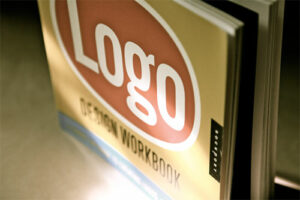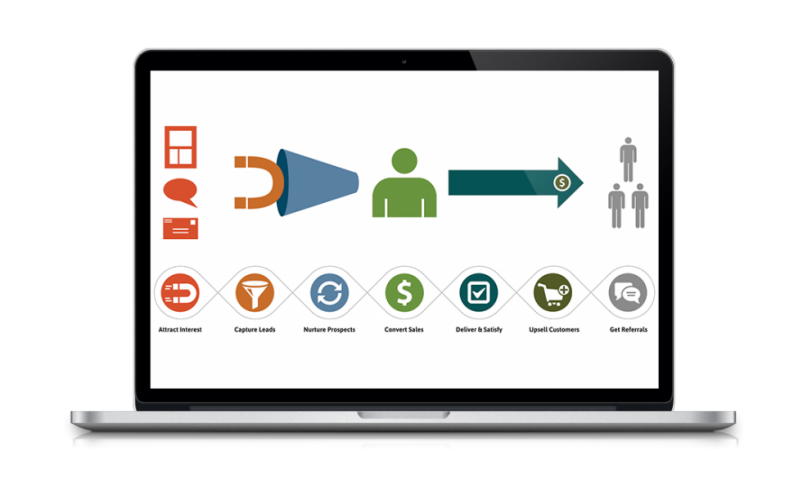- You are here:
- Home »
- Blog »
- Business »
- Designing a Logo (Behind the Scenes)
Designing a Logo (Behind the Scenes)
From the outside, designing a logo can seem easy, but a logo is more then just a graphic. A logo needs to incapsulate and visually communicate quickly the identity of a brand.
Usually a logo is a small design that consists of one or two colors, with simple (if any) text. Because of this, the complexity of the process and amount of talent it takes to create a quality logo can often be over looked. Creating a logo is a process that takes thought, planning, and creativity. So where does this process start? I’ve jotted down a few helpful tips I’ve used while going throughout the logo design process myself.
What is a Logo?
There are a few steps to take before designing anything on the computer. First, what exactly is a logo? Defining what a logo should represent can help lead to a clearer image of how you start your design. A logo expresses a company or a person’s name or trademark. A logo should identify itself with its brand and stand out from others in its niche. A logo should have a timeless creation. A business should not have to redesign their logo every few years disrupting their growth and recognition process.
You can ask yourself what does this company stand for and how will your portray that? Will your design exemplify the goals of the company? These are a few preliminary questions to ask yourself to get an idea of how to move forward in the designing process and to help make your logo have an impact.
The Design Process
So now you have some “food for thought” to get started, but there are a still some steps before jumping into Illustrator. A great way to get those creative juices flowing is to actually speak to the client. Having a brief phone conversation can be a great advantage.

Getting information about the company and feedback on how they envision their logo will surely get you headed in the right direction.
Next, it is a good idea to do further research. Usually I like to hop online and look into what other companies in this niche are doing. What do their logos look like? How does this company stand apart from others? Doing this kind of research can often help distinguish a design concept by transforming what’s already been done into something original. Once you’ve conducted some online analysis you can put your thoughts on paper.
Sketching is the next step in the design process. This is a great way to spark ideas. You have all the information you need, and you’ve done your research to help figure out what’s already out there and how you can generate a unique idea. Once you’ve understood how your design will look it will be easier to further create on the computer.
Avoiding The “Don’ts” of Logo Design
There are few mistakes you want to stay away from while designing a logo. Be sure you keep your design looking professional, if the logo looks incompetent so will the business.
There are many unique fonts out on the web, but keep it simple. Logos should be identifiable and using a font that is hard to read or recognize will defeat the purpose of the design. This also applies to color, to many colors will distract your audience. A logo should look presentable in back and white and in color, keeping the color profile to a minimum will allow for better detection. In order to stay authentic don’t use stock images, this doesn’t create an original feel, and does not represent a symbolic perception of a company’s brand.
Designing a logo is a creative process. Taking these steps can help make the process more structured and time efficient. Having a consistent routine will benefit you and the client by getting the information needed to deliver a logo that both par
ties are happy with. A great starting point to learn more about the design process is http://www.smashingmagazine.com/2009/08/26/vital-tips-for-effective-logo-design/
Have you worked with a logo designer before? What was your experiences like while having your logo designed?
In the comments below tell us about your experience working with a logo designer. What was the design process like for you?

